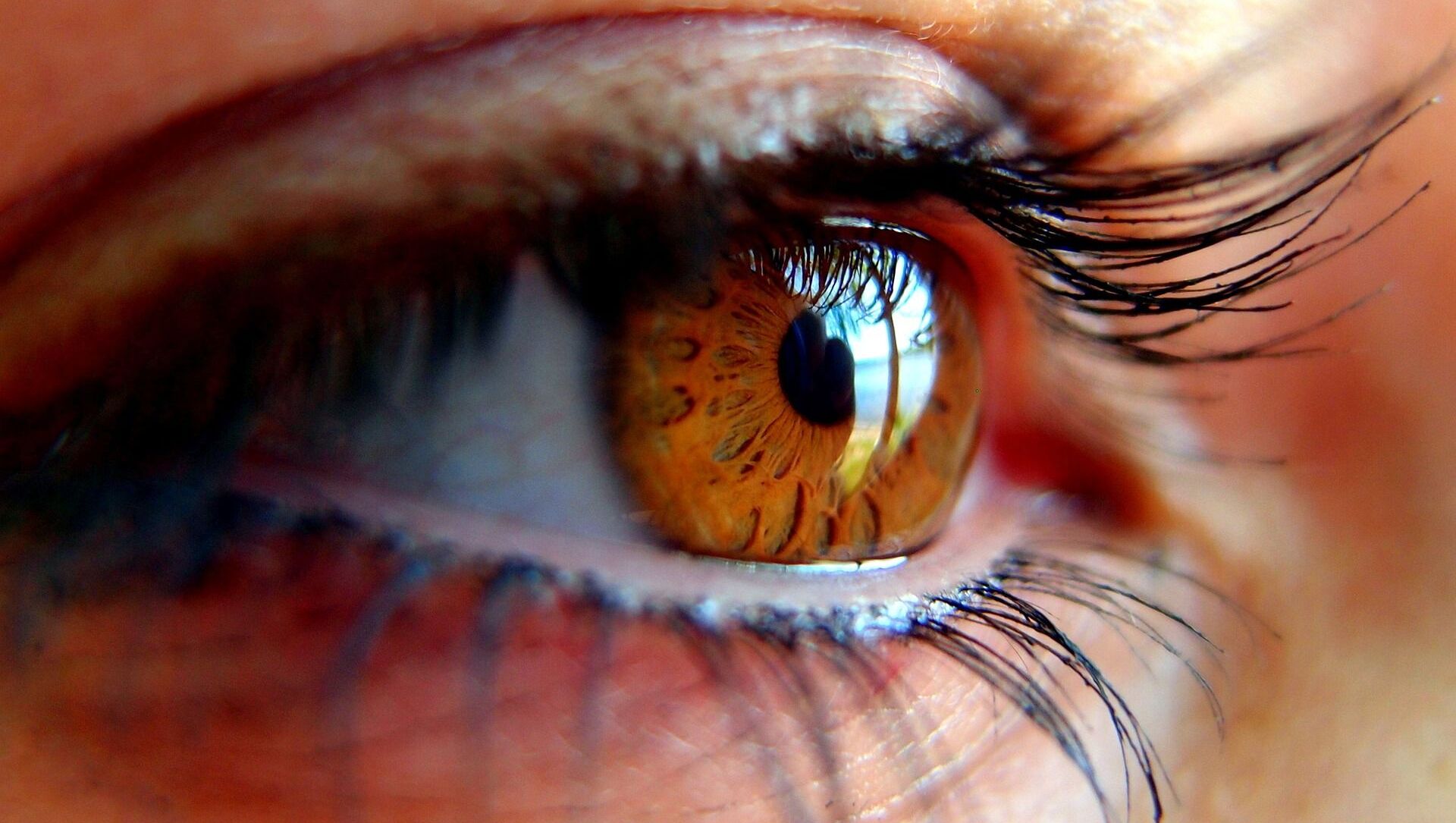https://sputnikglobe.com/20210703/scientists-from-indias-iit-delhi-develop-new-antifungal-strategy-for-eye-infection-1083292417.html
Scientists From India's IIT Delhi Develop New Antifungal Strategy for Eye Infection
Scientists From India's IIT Delhi Develop New Antifungal Strategy for Eye Infection
Sputnik International
The current treatment for fungal keratitis includes Natamycin, which is a popular antifungal drug. However, it doesn't enter into the cornea properly, which... 03.07.2021, Sputnik International
2021-07-03T08:37+0000
2021-07-03T08:37+0000
2024-01-05T15:11+0000
newsfeed
world
scientists
farmers
https://cdn1.img.sputnikglobe.com/img/07e4/0c/07/1081379951_0:100:1920:1185_1920x0_80_0_0_e0f5b7c680b568d9d4592dcc2e4868ae.jpg
An all-female team of researchers from the Indian Institute of Technology Delhi (IIT Delhi) has developed a new peptide-based anti-fungal strategy for enhanced Natamycin penetration. According to the team, led by Professor Archana Chugh from the Kusuma School of Biological Sciences, the peptide-drug conjugate has shown encouraging anti-fungal results in the lab. According to the World Health Organisation (WHO), fungal keratitis is a leading cause of monocular blindness – blindness in one eye mostly found in developing countries. A recent study published in The Lancet suggests the highest annual incidence per 100,000 people is in southern Asia, while India accounts for more than 50 percent of cases.According to the team of scientists, the available drugs for fungal keratitis are less effective than those currently being tested, especially in severe conditions. Moreover, Natamycin, which is US FDA-approved, is employed as a primary line of treatment for fungal keratitis but due to poor ocular penetration, it requires prolonged and frequent dosing that causes discomfort to patients.Professor Chugh also informed Sputnik that the Indian government helped with the research, while pharmaceutical companies are also being invited to get involved.
https://sputnikglobe.com/20200326/india-rejects-american-scientists-prediction-of-13-million-domestic-covid-19-cases-by-may--1078717348.html
Sputnik International
feedback@sputniknews.com
+74956456601
MIA „Rosiya Segodnya“
2021
Sushmita Panda
https://cdn1.img.sputnikglobe.com/img/07e5/05/12/1082926186_0:0:2048:2048_100x100_80_0_0_4474d0d7e27a36878eb8727832be74b4.jpg
Sushmita Panda
https://cdn1.img.sputnikglobe.com/img/07e5/05/12/1082926186_0:0:2048:2048_100x100_80_0_0_4474d0d7e27a36878eb8727832be74b4.jpg
News
en_EN
Sputnik International
feedback@sputniknews.com
+74956456601
MIA „Rosiya Segodnya“
Sputnik International
feedback@sputniknews.com
+74956456601
MIA „Rosiya Segodnya“
Sushmita Panda
https://cdn1.img.sputnikglobe.com/img/07e5/05/12/1082926186_0:0:2048:2048_100x100_80_0_0_4474d0d7e27a36878eb8727832be74b4.jpg
newsfeed, scientists, farmers
newsfeed, scientists, farmers
Scientists From India's IIT Delhi Develop New Antifungal Strategy for Eye Infection
08:37 GMT 03.07.2021 (Updated: 15:11 GMT 05.01.2024) The current treatment for fungal keratitis includes Natamycin, which is a popular antifungal drug. However, it doesn't enter into the cornea properly, which increases healing time.
An all-female team of researchers from the Indian Institute of Technology Delhi (IIT Delhi) has developed a new peptide-based anti-fungal strategy for enhanced Natamycin penetration. According to the team, led by Professor Archana Chugh from the Kusuma School of Biological Sciences, the peptide-drug conjugate has shown encouraging anti-fungal results in the lab.
According to the World Health Organisation (WHO), fungal keratitis is a leading cause of monocular blindness – blindness in one eye mostly found in developing
countries. A recent study published in The Lancet suggests the highest annual incidence per 100,000 people is in southern Asia, while India accounts for more than 50 percent of cases.
"We have chosen to work on fungal keratitis as it is more prominent in the agrarian sector. These fungi enter into farm workers' eyes and this leads to fungal Keratitis. We thought that if we can increase the penetration of Natamycin it will enhance the treatment duration. We worked upon some self-penetrating peptides as they easily enter into the cells and take bigger molecules along with them too. So, we formed a complex with Natamycin and saw in the lab experiments on cell lines that the penetration has been enhanced," Professor Archana Chugh, the lead researcher, told Sputnik.
According to the team of
scientists, the available drugs for fungal keratitis are less effective than those currently being tested, especially in severe conditions. Moreover, Natamycin, which is US FDA-approved, is employed as a primary line of treatment for fungal keratitis but due to poor ocular penetration, it requires prolonged and frequent dosing that causes discomfort to patients.
"As we got satisfactory result in the lab we decided to do some research on animals. We chose to work on rabbits as they have bigger eyes and mice. We also did some other cellular studies and analysed some immunological response and all of that was in favour of our conjugate," Chugh said.
Professor Chugh also informed Sputnik that the Indian government helped with the research, while pharmaceutical companies are also being invited to get involved.
"The government has helped us with our research. This research is specific to India as we are focusing on our farmers. This result is the fruits of our hard work for the last 10 years," she said.






